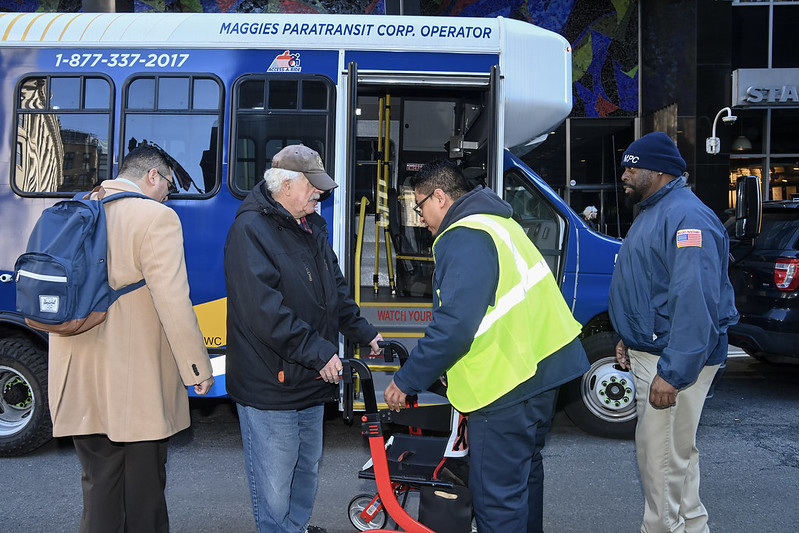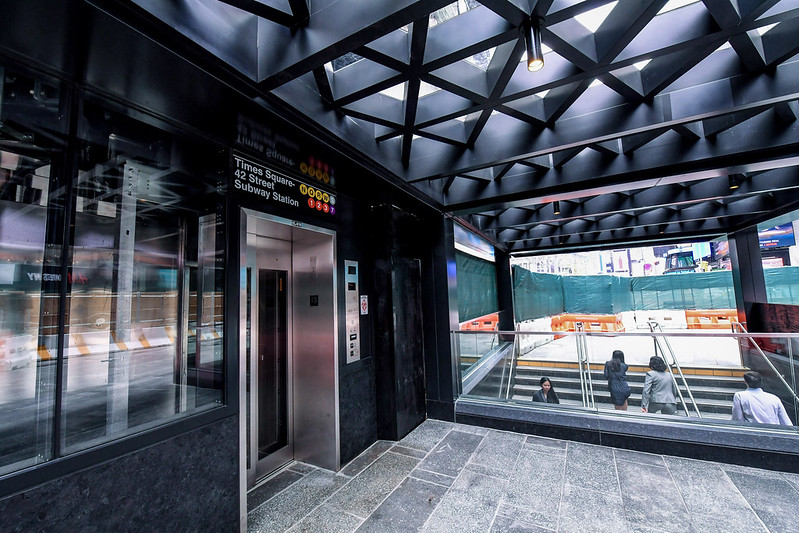
Photo: 52677498475_78577d3d43_c
New York’s MTA expands on-demand paratransit pilot
05 July 2023
by Christopher Carey
New York’s Metropolitan Transportation Authority (MTA) has announced that it is expanding its E-hail pilot programme, which allows disabled customers to book on-demand trips through existing taxi or for-hire vehicle services.
Starting in August 2023, the programme will triple its participants to 3,600 Access-A-Ride (AAR) paratransit customers.
“I know first-hand how e-hail on-demand can significantly improve our customers’ lives,” said MTA Chief Accessibility Officer Quemuel Arroyo.
“I am glad to see us taking these steps to find a sustainable way forward for our e-hail pilot that can serve more AAR customers, while continuing to invest in our core paratransit service, providing tens of thousands of daily trips.”
The MTA says the E-hail pilot’s second phase aims to gather more data for programme evaluation and determine the cost of expanding the service.
New pricing structure
Access-A-Ride provides door-to-door transportation for US$2.75 within New York City to people who are unable to use public transit buses or subways due to a disability – but users must schedule rides a day or two in advance.
In 2017, the MTA launched phase one of the E-hail pilot that offers unlimited on-demand US$2.75 taxi and for-hire vehicle trips to 1,200 AAR customers.
The transit operator said phase one findings revealed that the pilot was not “financially sustainable” however, leading to a new pricing structure for phase two, which will have two streams – a distance-based fare and a volume-based fare.
Distance-based fares will provide up to 25 trips a month for up to US$40 each and volume-based fares will provide up to 40 trips a month for up to US$25 each.
The customer contribution for each stream is US$4 per trip, allowing customers to take a US$29 trip or US$44 trip before paying any additional cost.
Some customers have complained about the new pricing structure however, saying it will ultimately make trips more expensive.
Rationing
Speaking at an MTA Transit Committee last month, disability advocates deemed the pilot proposal to be “rationing”, saying that it treats disabled riders like second-class citizens, according to local media.
“On the subway, people are encouraged with the OMNY [contactless card] fare to ride more often. Once you make 12 rides on the subway or the bus, then they’re free,” said Michael Ring, a member of advocacy group Disabled in Action and a pilot programme participant.
“But if you are in the on-demand programme, they want to limit how many rides we can take.”
“This is the opposite of the direction things should be going. People on Access-a-Ride should be able to ride spontaneously.”
Despite the increase of participants for phase two of the trial – who will be chosen at random from the AAR database – the number remains a small fraction of the city’s 175,000 disabled transit riders.
“We recognise the convenience greater flexibility in scheduling trips provides for Access-A-Ride customers,” said NYC Transit President Richard Davey.
“We established the goal to make improvements to the e-hail programme in the Faster, Cleaner, Safer plan and this next step will allow us to further evaluate how we can offer alternative options to Access-A-Ride customers to improve the paratransit experience.”
The MTA has allocated a budget of US$17.6 million for the expanded E-hail pilot, compared to the estimated US$16 million in the first phase.
Image: MTA











